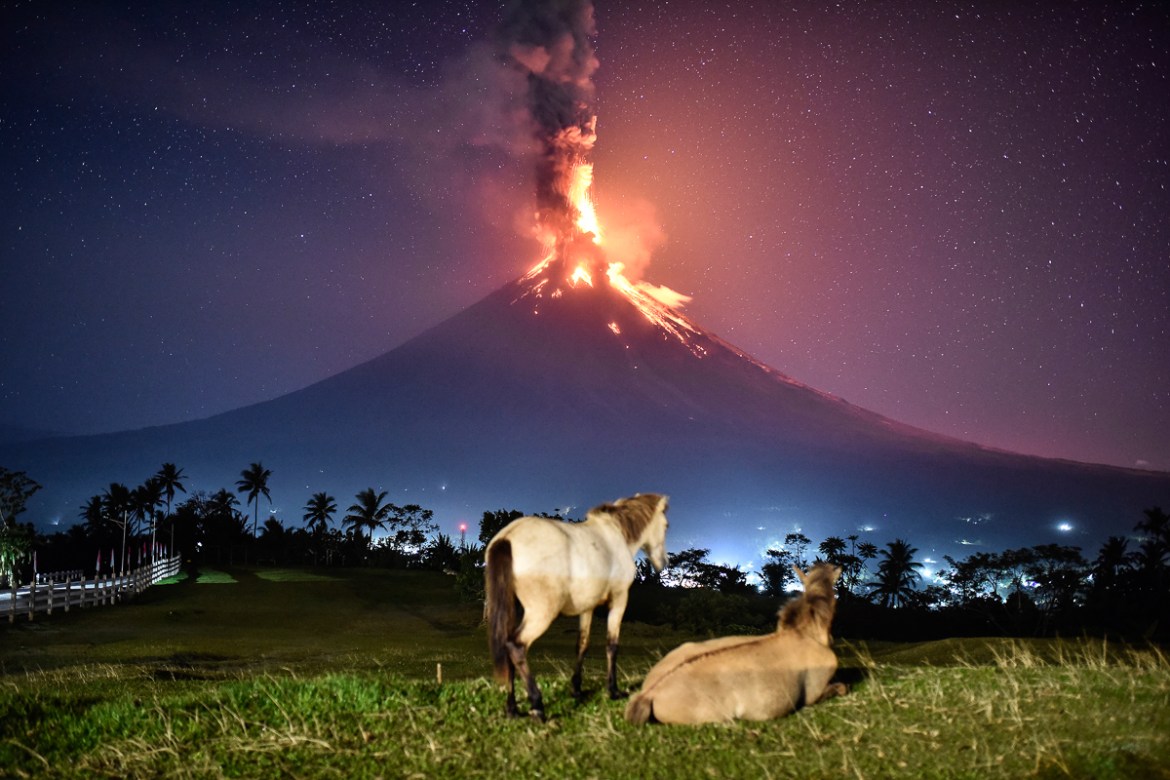From Adapt 2030:
Ash from volcanic eruptions, together with particulates from meteor 'smoke' and wildfire smoke, all jointly contribute to the increased dust-load in the atmosphere. This changes its electric charge rebalancing mechanisms, producing more intense storms and precipitation in the form of record rainfall, hail, lightning strikes, planetary cooling, atmospheric 'anomalies' etc.
See also:
What Happens When Volcanic Ash Begins to Fall Globally ?
Etna ashfall making its way to the Great Lakes in the USA, Pinatubo awakens again, Iceland readies for massive eruption and lumber prices reach all time record high so if you do want to build a greenhouse, its going to cost far more money.
Ash from volcanic eruptions, together with particulates from meteor 'smoke' and wildfire smoke, all jointly contribute to the increased dust-load in the atmosphere. This changes its electric charge rebalancing mechanisms, producing more intense storms and precipitation in the form of record rainfall, hail, lightning strikes, planetary cooling, atmospheric 'anomalies' etc.
See also:
- Cars swept away, 9 dead as heavy rain hits Hyderabad, India - 7.5 inches in 24 hours, highest in Oct since 1903
- World's largest hail record may be challenged by exceptionally large 8+ inches hailstones that hit Tripoli, Libya on Oct 27
- 2.24 million lightning strikes in just 48 hours hit the eastern states of Australia
- Volcanic ash may have a bigger impact on the climate than we thought
- Spectacular 'Sun Dog' observed in Jilin, northeastern China

